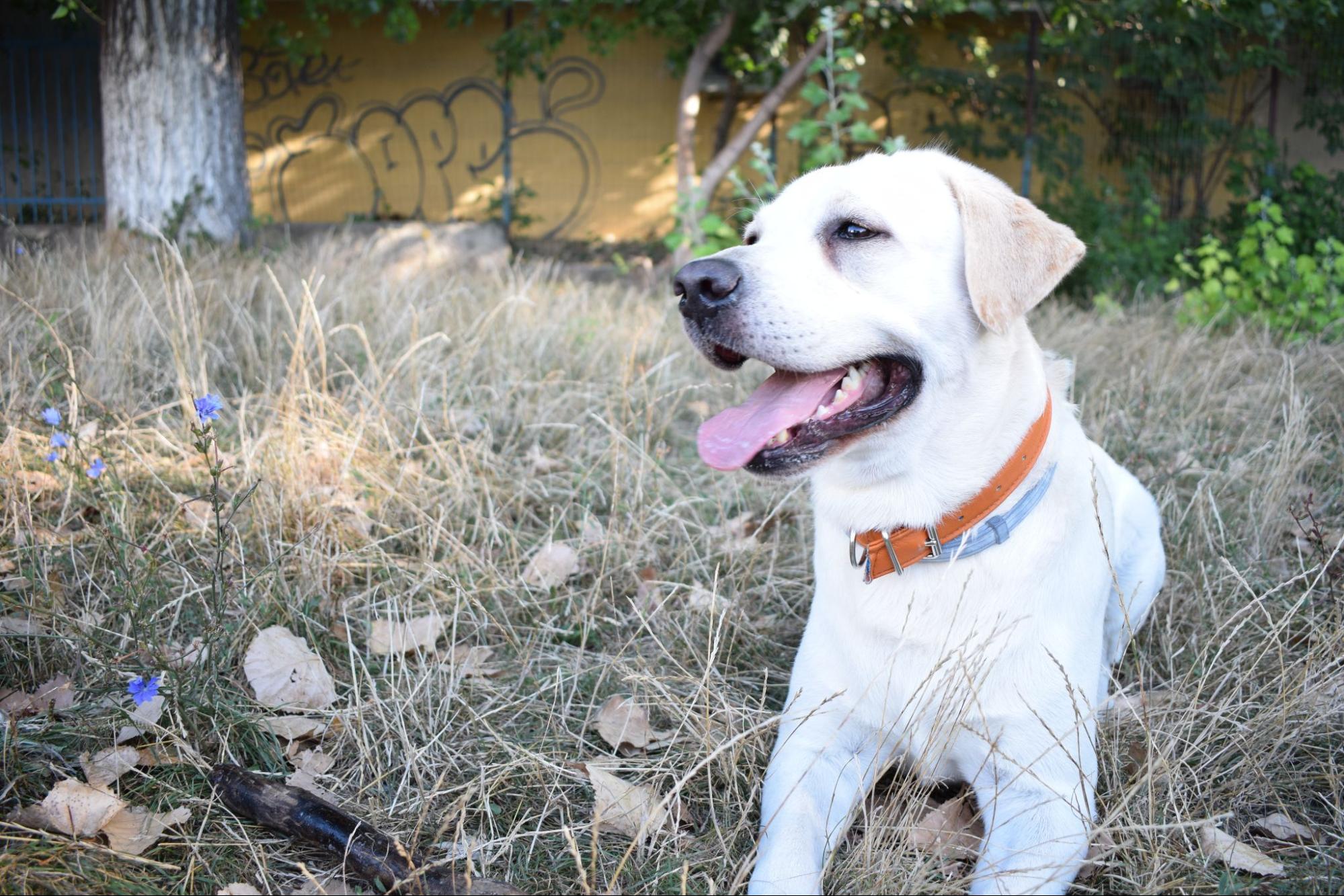How to Train your Puppy Not to Bark
Training a Labrador puppy can be an exciting but challenging journey, especially when it comes to curbing their excessive barking. In this article, I’ll share some general tips on how to train your puppy not to bark. With a little patience and consistency, you can help your furry friend become a well-behaved and quiet companion.
Firstly, it’s important to understand that barking is a natural behavior for dogs, including Labradors. However, excessive or unnecessary barking can be disruptive and cause frustration. To address this issue, start by identifying the triggers that prompt your puppy to bark excessively. It could be anything from boredom and loneliness to territorial instincts or seeking attention.
Once you’ve identified the triggers, you can employ various training techniques tailored specifically for your Labrador puppy. One effective method is positive reinforcement through rewards and praise. Whenever your puppy remains calm instead of barking in response to a trigger, immediately reward them with treats or verbal praise. This will reinforce the desired behavior and encourage them to continue being quiet in similar situations.
Remember that consistency is key when training your Labrador not to bark excessively. Be patient with your furry friend as they learn what behaviors are acceptable. By using positive reinforcement techniques consistently and addressing the root causes of their barking, you’ll be well on your way towards having a well-trained Labrador who knows when it’s appropriate to stay silent.
In conclusion, training a Labrador puppy not to bark excessively requires understanding their triggers, employing positive reinforcement techniques consistently, and addressing the underlying reasons behind their barking behavior. With time and dedication, you can successfully teach your furry friend how to remain calm in different situations without resorting to excessive barking.

Understanding Labrador Behavior
Labradors are known for their friendly and outgoing nature, making them popular family pets. However, like any breed, Labradors can exhibit certain behavior issues that may require training and guidance. In this section, we’ll explore some common Labrador behavior issues and effective training techniques to help you understand your furry friend better.
Common Labrador Behavior Issues
Labradors are generally well-behaved dogs, but they may sometimes display behaviors such as excessive barking, jumping on people, or destructive chewing. Understanding the underlying reasons for these behaviors is crucial in addressing them effectively.
One common issue with Labradors is excessive barking. Dogs bark as a means of communication, but when it becomes incessant or triggers anxiety in others, it needs to be addressed. Another behavior problem is jumping on people when greeting them. While it may seem harmless at first, it can become problematic if not corrected early on.
Destructive chewing is another behavior issue that Labradors might exhibit due to boredom or separation anxiety. They have a natural instinct to chew and explore their surroundings through their mouths. However, redirecting this behavior onto appropriate chew toys can prevent damage to your belongings.
Effective Training Techniques
When it comes to training Labradors, consistency and positive reinforcement are key. Here are some effective techniques you can implement:
- Socialization: Start socializing your Labrador from an early age by exposing them to different environments, people, and other animals in a controlled manner. This will help them develop confidence and reduce anxiety-related behaviors.
- Basic obedience commands: Teaching your Labrador basic commands like “sit,” “stay,” “come,” and “leave it” establishes clear boundaries and helps prevent unwanted behaviors.
- Crate training: Introduce crate training gradually as a safe space for your Labrador where they can rest and feel secure when needed. Properly crate trained dogs are less likely to engage in destructive behaviors when left alone.
- Exercise and mental stimulation: Labradors are energetic dogs that require regular exercise and mental stimulation to prevent boredom-related issues. Engage them in activities like daily walks, interactive toys, or puzzle games to keep their minds stimulated and bodies active.
Positive Reinforcement Methods
Positive reinforcement is an effective training approach that rewards desired behaviors rather than punishing unwanted ones. Here’s how you can utilize positive reinforcement techniques:
- Treats and praise: Reward your Labrador with treats, verbal praise, or a combination of both when they exhibit good behavior or successfully follow commands. This encourages them to repeat the desired actions.
- Clicker training: Clicker training involves using a clicker device to mark the exact moment your Labrador performs a desired behavior correctly, followed by a treat as a reward. The click sound serves as a signal for them to associate the behavior with the reward.
- Consistency: Consistency is crucial in positive reinforcement training. Ensure that everyone interacting with your Labrador follows the same rules and uses consistent cues and rewards.
By understanding common Labrador behavior issues and implementing effective training techniques with positive reinforcement, you can shape your puppy into a well-behaved companion who barks appropriately, greets politely, and chews on suitable items only.